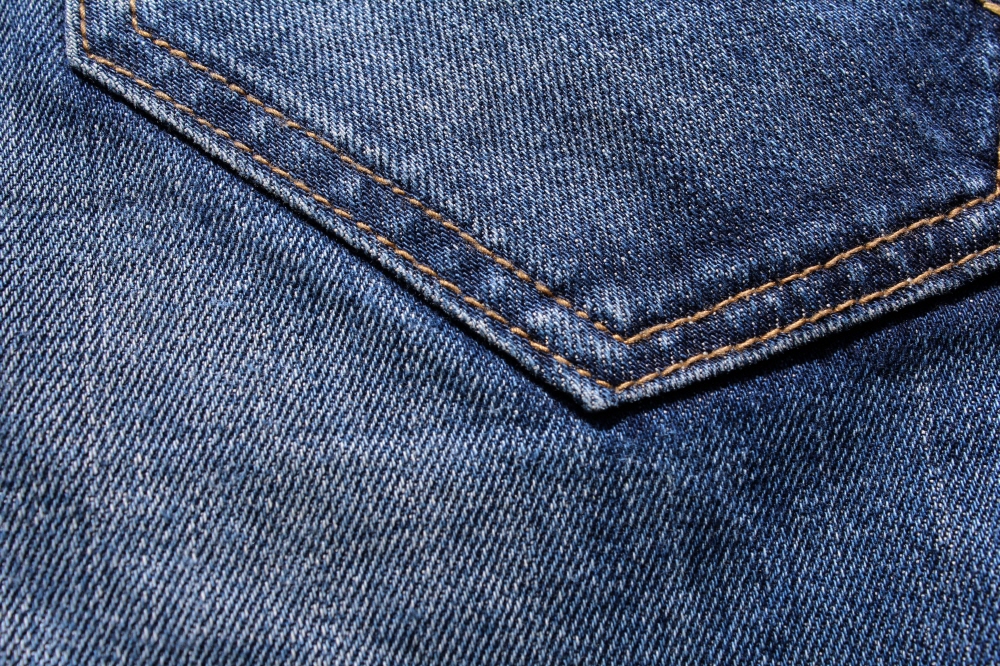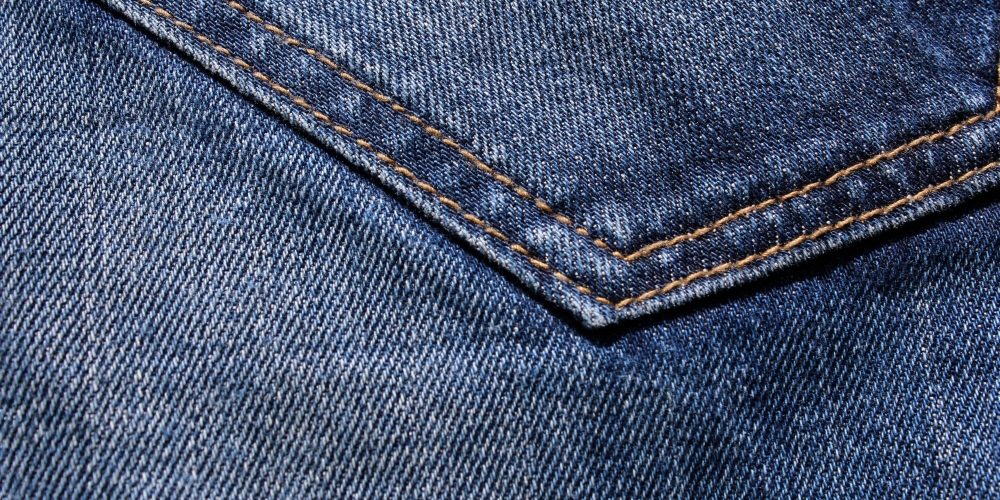
According to a new study published by the American Chemical Society in early September, when jeans are washed, microfibers and microplastics are released into the environment. It is said to flow and endanger marine life.
The research team’s investigation was attributed to the collection of microplastic samples from the Arctic Islands and the Great Lakes of Canada. Strangely, the team found a blue fiber in the sample, and it was said that the blue fiber was thought to be like jeans. The researchers looked at how to identify which microfibers a jeans contained. Chemical analysis and microscopic analysis confirmed how certain fibers looked and how they could be distinguished from other clothing microfires.
A survey of the waterway flowing into Lake Ontario using a microfiber classification method of jeans and other clothes revealed 22 fibers in an average of 1 liter of wastewater. They also experimented with washing jeans to see how the fibers flow through the waterways. As a result, it was found that washing one pair of jeans produced an average of 56,000 fibers. This is 10 times the amount of fiber released when the jacket is washed.
To determine where and how the jeans fibers arrive, the team also examined sediment samples from shallow lakes, Great Lakes, and the Canadian Arctic Islands outside Toronto. As a result, it is said that jeans were found in all waters. The proportion of microfibers in jeans fibers was 23% in the Great Lakes, 12% in suburban lakes, and 20% in the Canadian Arctic Islands.
The biggest concern is the penetration of microfibers into the marine food chain. However, this limited investigation, oddly enough, found no evidence that fish were eating jeans fiber. When the research team examined the digestive tract of trout caught in the Great Lakes, microfibers were found in 65%, although only one was found even though the sediment nearby contained a lot of jeans fibers.
I don’t know why yet. But just because the fish didn’t eat it, we can’t say that there’s no problem with jeans microfiber contamination. Besides eating, there can be other ways microfibers can do other harm to animals. For example, some studies have shown that exposure to microplastics can lead to disruption in cognitive function of the hermit crab and the inability to find the shell. The research team is currently investigating the effects of jeans microfibers on marine ecosystems and their role in transporting harmful chemicals to the sea and polluting them.
In addition to jeans, the research team found a large amount of microfibers in synthetic fibers such as acrylic, nylon, and polyester. It means that all clothing is full of microfibers. More research is still needed on how it affects the planet, but it is clear that it is telling us that ordinary behavior in our daily lives can lead to unintended consequences. Related information can be found here .


















Add comment